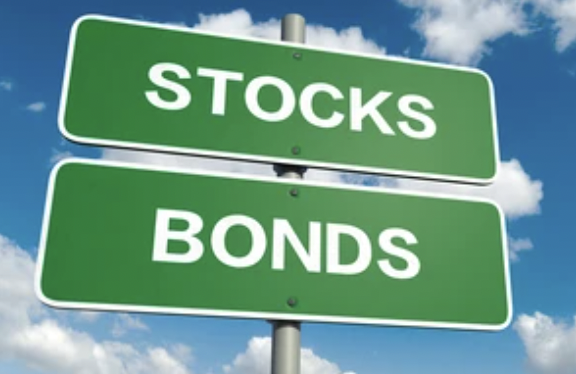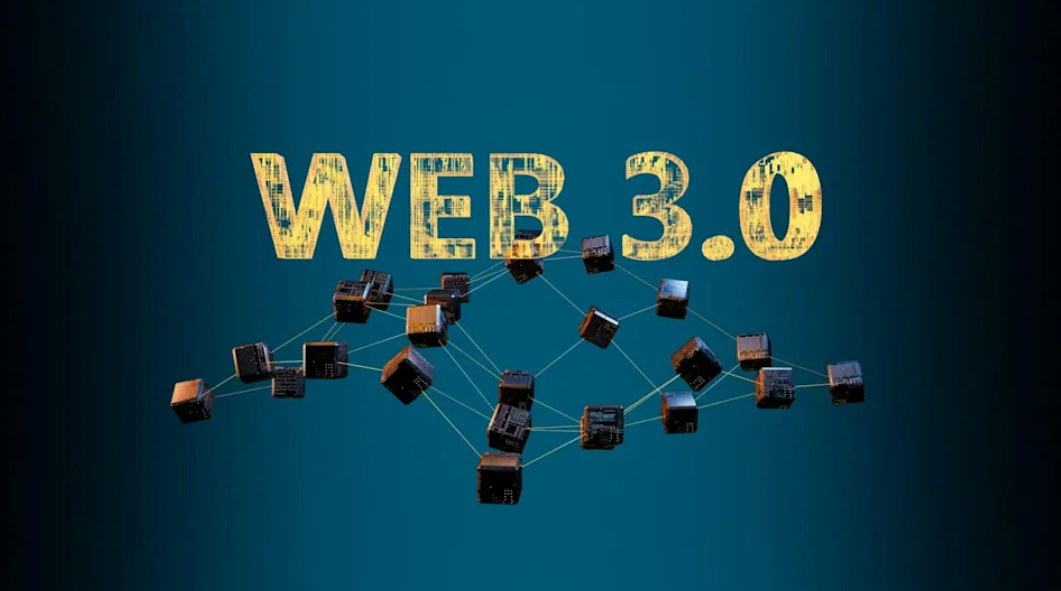
Aria Thomas
Jul 22, 2022 14:28
If you own or manage a business, cash flow is how your business pays its expenses. Cash flow impacts how you operate a business, recruit employees, and maintain accounting systems, among other things. Unlevered free cash flow is a financial indicator used to determine the amount of cash earned by a business before interest and taxes are deducted. This metric is most beneficial when included in the discounted cash flow (DCF) valuation approach, where its advantages are most apparent.
Before proceeding, it is important to understand what is meant by the term "unlevered." Unlevered indicates that the business was self-funded, without the need for small business loans, investors, or other external sources of finance. When a small business uses external capital, the lenders have leverage, from which we get the terms levered and unlevered.
Therefore, in this context, unlevered denotes that the small business has not borrowed the required cash to launch and operate. In other words, they own their money and assets in full.
Unlevered free cash flow — or often simply "unlevered cash flow" — refers to a business's free cash flow before paying its interest and other obligations. In other words, the cash flow remains after all financial commitments have been satisfied. Similar to levered cash flows, unlevered cash flows may be seen on the balance sheet.
Whereas levered free cash flows may give an accurate view of a company's financial health and cash on hand, unlevered cash flows provide a view of the company's enterprise value.
Enterprise value is a measure of the whole worth of a company. Enterprise value is more comprehensive than market capitalization, which estimates the whole worth of a company based on its relative size. Enterprise value takes into account both short-term and long-term loans to determine a company's true worth.
UFCF is used to estimate the gross amount of free cash flow generated by a company. The elimination of debt or financial leverage from a company's cash flow by unlevered free cash flow. It displays the available cash with which a company may pay its expenses and capital expenditures. In addition, UFCF reveals the cash a business needs to increase its assets and expand its operations. When calculating a business's unlevered free cash flow (UFCF), depreciation and amortization of assets are added to the company's profits to get UFCF. Additionally, organizations with enormous debts who want to depict themselves as healthy employ UFCF. Here are some important considerations about unlevered free cash flow:
Unlevered free cash flow is a company's cash flow before interest payments, and financial leverage is considered.
UFCF reveals the amount of capital a business has available to fund its operations and business.
Unlike UFCF, levered free cash flow accounts for a company's interest payments and other financial commitments and leverages.
Unlevered free cash flow (UFCF) is used to assess the enterprise value of a business at a high level. It is possible that the ordinary customer may never see or need this amount. UFCF is useful when a business wishes to:
Describe enterprise worth to investors
Compare the enterprise value to that of other enterprises.
Determine net present value (NPV)
Reduce the impact of debt on the value of the company
Unlevered free cash flow represents a company's total free cash flow. Leverage is an alternative term for debt, and if cash flows are leveraged, it indicates that they are net of interest payments. Unlevered free cash flow is the free cash flow available to pay all stakeholders, including debt holders and stockholders, in a company.
Like levered free cash flow, unlevered free cash flow is net of capital expenditures and working capital requirements — the cash required to sustain and expand the asset base to create revenue and profitability. To calculate the company's unlevered free cash flow, non-cash expenses such as depreciation and amortization are subtracted from profits.
A company with substantial outstanding debt is more likely to claim unlevered free cash flow since it paints a more optimistic image of the company's financial health. The chart depicts the performance of assets in a vacuum since it does not account for the debt service payments required to acquire those assets. Investors must evaluate debt commitments since highly leveraged firms are more likely to declare bankruptcy.
Unlevered free cash flow (UFCF) is a key metric of a company's financial health and capacity to produce cash flow. UFCF is determined by subtracting capital expenditures from net income + depreciation and amortization. This metric is not unlevered, which means it does not account for the company's debt burden. This is significant because it enables comparisons across enterprises of varying sizes and debt levels.
Calculating UFCF is essential for two reasons. First, it enables investors to determine how much cash a company generates on its own, free of debt obligations. This is valuable for evaluating a company's capacity to repay debt. Second, UFCF may be used to compute a company's free cash flow yield. This metric evaluates the ratio between a company's cash flow and its market value. It may be used to compare various corporations' debt levels and sizes.
Any prospective investor, regardless of whether they want to invest in stocks, annuities, or real estate, must determine their UFCF in order to determine if an investment is prudent.
For the commercial real estate investor, UFCF signifies the amount of company available for expansion and the buildings and assets currently owned.
Considering the amount of cash accessible to you outside of your capital structure may aid in the expansion of your business, but it is also crucial when evaluating the performance of your present real estate assets. UFCF can determine if the money you are investing in the purchase, construction, or renovation of a property is worth it in the long run. By gaining an early understanding of UFCF, you may make buying and selling judgments before undertaking dangerous transactions.
Additionally, UFCF may illustrate the distinction between two possible property holdings. Due to the fact that the UFCF eliminates the complete capital structure, it can provide a comprehensive view of the enterprise values of all the assets under consideration.
The calculation of unlevered free cash flow is a crucial phase in any investment process. By evaluating a company's current net income without taking into account its debts and other expenses, you may determine if a possible asset would be profitable and worth to your business.
Unlevered free cash flow is used to eliminate the effect of a company's capital structure on its value and to make firms more comparable. Its primary use is in business valuation, where a discounted cash flow (DCF) model is constructed to assess a company's net present value (NPV). The enterprise value may be readily compared to the enterprise value of another business when it is established using unlevered cash flow.
To determine your company's UFCF, you must first examine financial accounts and compute Earnings Before Interest, Taxes, and Depreciation (EBITDA). On your income statement, you will see all of the pertinent information.
Identify your capital expenditures (CAPEX), which are the funds utilized to finance regular business operations. This information may be seen on the cash flow statement.
Determine your working capital, which is the difference between your current assets and your current liabilities. Consequently, you are left with the following equation:
UFCF = EBITDA – CAPEX – working capital – taxes
As can be seen, the calculation for unlevered free cash flow is far simpler than that for levered free cash flow. This is because the calculation for levered free cash flows subtracts debt and equity to give solely operating cash, but the equation for unlevered free cash flows does not.
A business should periodically differentiate between its levered and unlevered free cash flows. A lower difference between LCF and UFCF implies that less money is available for investment and development, while a larger difference shows that a business is strong and healthy.
The presence of borrowing expenses distinguishes levered from unlevered free cash flow. Leveraged cash flow (LCF) is the amount of cash a business has remaining after meeting all of its financial commitments, including interest, loan payments, and other financing expenses. Unlevered free cash flow is the amount of money a business has before it pays its financial commitments. Financial commitments will be satisfied by free cash flow that has been leveraged.
The gap between leveraged and unlevered cash flow is another crucial metric. The difference reveals the business of financial commitments a business has and whether it is overextended or functioning with a healthy level of debt. Negative levered cash flow is achievable if a company's expenses exceed its business. This is not an ideal scenario, but investors should not be very concerned as long as it is just transitory.
In addition, the difference between unlevered and levered free cash flow might indicate if a business has taken on excessive debt. If a company's business is smaller than its expenses over an extended length of time, there is a strong chance that it will fail.
Investors may want both unlevered and levered cash flows when analyzing your company. Ideally, you should provide investors with unlevered cash flow estimates since this will enhance the image of your business.
Nonetheless, owners and investors should not leap to conclusions if levered free cash flow is negative or very low for a single quarter. As previously noted, this might entail taking on a reasonable debt to build your business.
The most significant consideration when it comes to levered and unlevered cash flows is that these evaluations should be conducted independently. This might provide you with a clearer picture of your company's financial health. Before making significant financial choices for your company's future, you should analyze patterns in levered and unlevered cash flow.
The unlevered free cash flow methodology shows that loan principal payments and interest are not included. Therefore, it is essential to include an interest coverage or debt coverage ratio in our research. We propose utilizing the LFCF over the UFCF for enterprises with substantial debt and, in particular, high asset risk.
In addition, investors may compare UFCF value to price similarly to the price-to-earnings ratio. The objective is to choose the company with the lowest stock price/UFCF ratio.
Analysts and investors favor the UFCF for discounted cash flow analysis because it represents the available funds to pay owners and creditors. It indicates the return on the company's invested capital.
Unlevered free cash flow is subject to several restrictions. The most significant restrictions are the following:
Corporations use UFCF with high debt profiles or high leverage and want to show themselves in an attractive way.
Companies may alter their unlevered free cash flow.
Companies that utilize UFCF might defer payments to suppliers, lay off staff, and delay capital-intensive projects.
Using UFCF, businesses may communicate advances that are not real.
Unlevered free cash flow (UFCF) is a financial metric used by businesses to evaluate their capacity to produce operational cash flow. UFCF is computed by subtracting capital expenditures from operational cash flow. This metric is significant to businesses because it enables them to evaluate their capacity to create cash flow independent of their debt levels.
Companies use UFCF to determine whether to invest in new projects or acquisitions, while investors use it to analyze a company's financial health and its capacity to repay loans. Additionally, UFCF may be used to appraise a company's shares.
The DCF method of valuation is based on the assumption that a business's value is equal to the sum of its discounted cash flows. Consequently, utilizing this strategy necessitates that the analyst predicts the future free cash flows created by the business.
Predicting the cash flows a business will earn from its activities over the next several years is difficult. Adding an additional layer of complexity to account for the degree of debt in the capital structure and the accompanying expenses into the future (which are strongly reliant on interest rates, which are difficult to estimate very far into the future) reduces the model's reliability. Additionally, the present value of the debt is already known and need not be accounted for in the payment plan.
Therefore, it is both more accurate and simpler to anticipate the unlevered cash flow that a business will create in order to determine its current business value. Then, we may subtract the loan part to arrive at the equity value. UFCF is often discounted at the weighted average cost of capital to determine a business's value.
Cash flow is crucial for all businesses, regardless of the business. It depicts the incoming and outgoing cash flow. By calculating your company's unlevered free cash flow, you may determine how much money you need to spend on a new property to develop your business and satisfy your stakeholders.
Unlevered free cash flows inform investors of the amount of money remaining in the business's coffers after debt payments have been accounted for. UFCF is net of working capital requirements and capital expenditures - the funds necessary to maintain and expand the assets that create revenue and profits.
A highly leveraged company (one with a big amount of debt on its balance sheet) is more likely to declare UFCF since omitting debt commitments would provide a more favorable image of its financial health. However, investors must consider debt commitments since overly leveraged firms are more likely to fail.
Unlevered free cash flow is beneficial for demonstrating enterprise value to investors, such as:
Investment bankers
Shareholders
Amateur investors
Prospective buyers
A straightforward cash flow statement may not be enough for these investors. In this case, UFCF may be utilized to provide a more precise vision for the future of a particular company.
Cash flow margins are ratios calculated by dividing a cash flow metric by sales revenue as a whole. As a percentage of sales, UCFC margin would thus reflect the amount of cash available to a company before financing expenses.

Jul 21, 2022 16:24

Jul 22, 2022 17:03